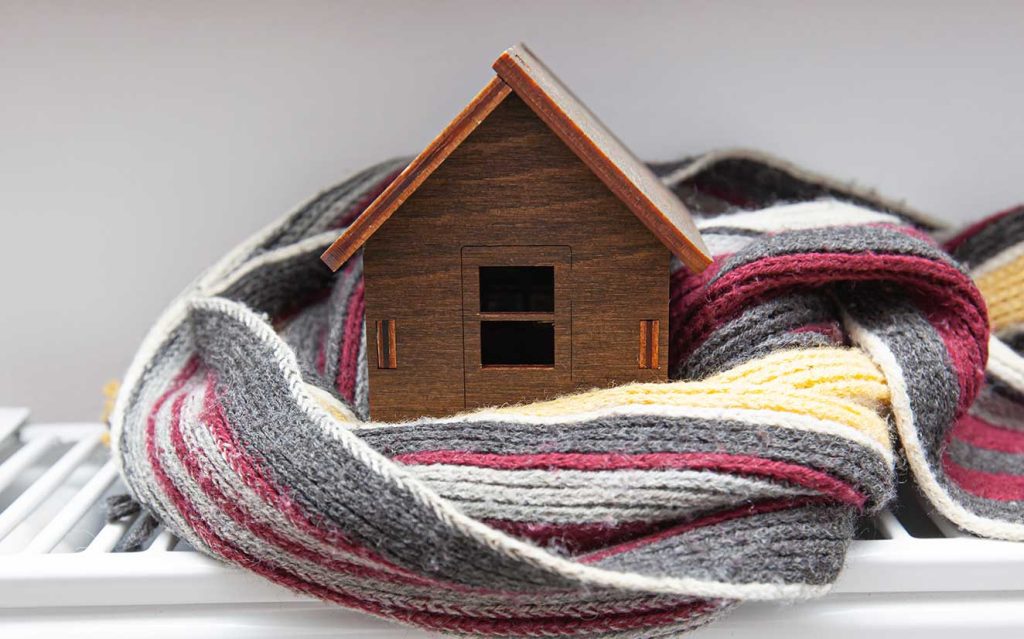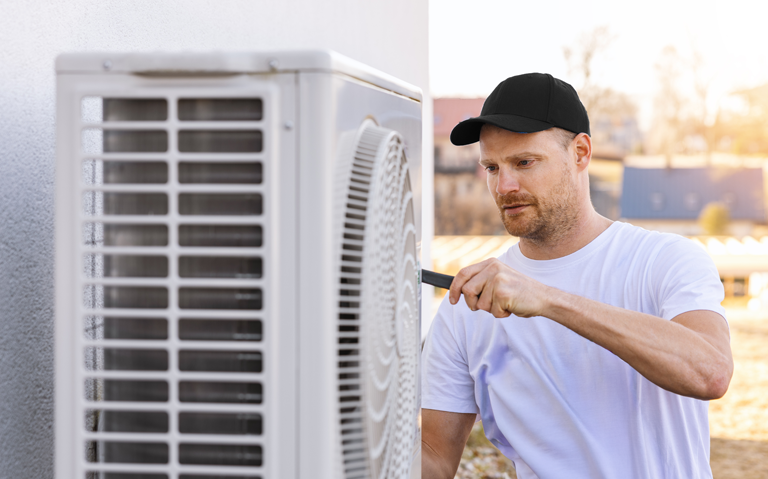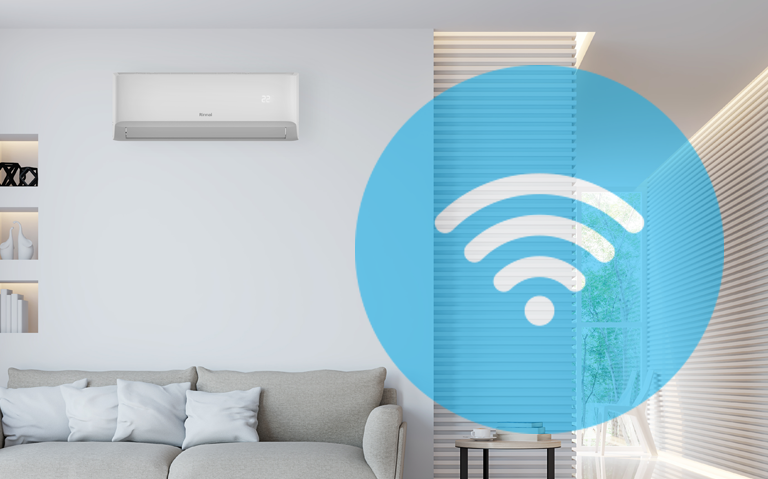The Healthy Homes Standards in New Zealand were set in 2019 to protect tenants with requirements for heating and insulation. This would guarantee renters safe and liveable homes, instead of cold and damp properties. Not only do the standards improve the quality of Kiwi rental homes, but they also lead to better health and wellbeing for our general population!
If these healthy home standards aren’t met, landlords may be liable to fines, penalties, or tenancy disputes. So how can you comply with the healthy home standards and maintain them? We’ve got it all in our guide, so read on.
What is the healthiest home heating?
Heat pumps are one of the most popular and healthiest home heating solutions in New Zealand. They’re incredibly efficient as they use heat energy from the outside air to heat the indoors, and they also dually function as air conditioners to provide cooling in the summer.
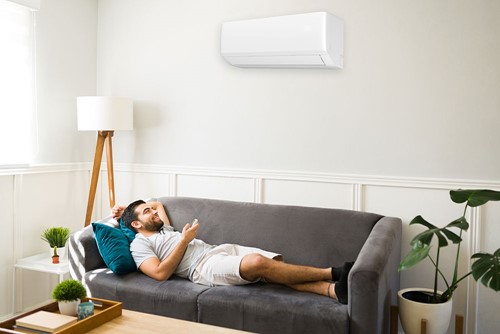
Healthy home heating refers to heating devices that provide a comfortable and healthy living environment, which are essential under the Healthy Homes Standards. The healthiest home heating will depend on factors like energy efficiency, air quality, and safety.
Adding a correctly sized high wall heat pump to heat the main living room will comply with the Healthy Homes Standards, but for those looking to heat multiple rooms, a ducted heat pump could be the perfect solution. These systems deliver precise temperature control swiftly through ceiling ducts to each room, providing ultimate comfort for total home living.
Maintenance of your heat pump is essential for efficient operation, as is checking your home for any factors influencing heat loss. To make sure your healthy heating system is working at its best, you can prepare your home for winter with our checklist here.
What are the 5 Healthy Homes standards?
The 5 Healthy Homes standards in New Zealand are:
- Heating
Rental homes must have at least one fixed heater that’s safe, efficient can heat the home’s main living room to at least 18 degrees Celsius.
Examples of qualifying heaters include heat pumps, wood pellet burners, flued gas heaters or gas fires, or fixed electric heaters. - Insulation
Rental homes must have both ceiling and underfloor insulation that meets the required R-values for its space (the insulation’s efficiency in reducing heat loss). - Ventilation
Rental homes must have enough ventilation, through windows, doors, vents or mechanical systems so that air inside the home is fresh and healthy, reducing the risk of dampness and mould. - Moisture ingress and drainage
Rental homes must have adequate drainage and moisture barriers to prevent moisture from entering the home, with all gutters, downpipes and drains in good condition and no leaks in the roof or walls. - Draught stopping
Rental homes must not have unnecessary gaps or holes that allow draughts to enter the home, including gaps around doors and windows, and holes in walls, ceilings, and floors.
By complying with all of these standards, landlords can provide their tenants with a drier and healthier home that is also easier to heat, providing total comfort to tenants and encouraging renewed tenancy.

What are the Warmer Kiwi Homes grants?
The Warmer Kiwi Homes grants are funded by the New Zealand government to help eligible low-income homeowners make their houses healthier and more energy-efficient with insulation and heating upgrades. These grants cover up to 80% of the costs for insulation upgrades, and up to 80% of the cost of an efficient healthy heating device.
The criteria to be eligible for the Warmer Kiwi Homes grants are:
Insulation grant
- You own and live in a home built before 2008
- You, the owner, have a Community Services Card (CSC) or live in an area identified as low-income (check your address here)
- Your home doesn’t currently have ceiling and underfloor insulation
Heater grant
- You own and live in a home built before 2008
- You, the owner, have a CSC or live in an area identified as low-income
- You already have ceiling and underfloor insulation installed to EECA standards. If your home has been insulated through a Government insulation programme, EECA will confirm it when you apply for a heater grant or an EECA insulation provider will do free check.
- Your home doesn’t already have one of the following working fixed heaters in any living area of the house: heat pump, wood or pellet burner, flued gas heater or central heating system. If your home has one of these heater types in a living room, it is not eligible for a heating grant.
Which heaters are cheapest to run NZ?
The cheapest heaters to run in New Zealand are the most energy-efficient heating appliances, as they will save you money in energy consumption. When it comes to electric and gas options, the cheapest heating appliances are:

Heat pumps are one of the cheapest appliances to heat your home due to their incredible energy efficiency. This is because they draw on heat energy that is already present in the air outside to heat your home inside, transferring the energy instead of creating heat directly. Because they require less energy than traditional heating appliances, they are cheaper to run than most.

Flued gas heaters can be a very cost-effective heating appliance due to the efficiency of specific models or units, as well as the low price of natural gas. However, their running costs vary depending on local gas prices and whether the property is connected to the natural gas pipeline.
Explore our range of efficient heating appliances here – we have products that run on electricity as well as natural gas and LPG.
What is the greenest way to heat your home?
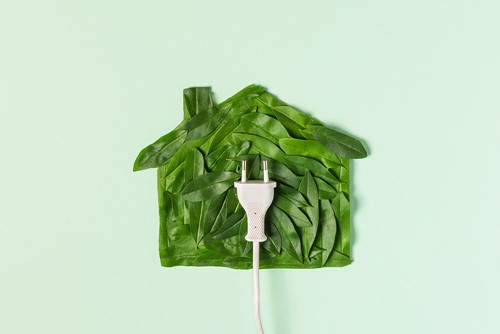
The greenest way to heat your home is to minimise the energy consumption of heating appliances. You can look for energy-efficient heaters and ensure your home is well-insulated to provide a warm and comfortable living environment.
Insulation is vital for efficient, green heating. Homes with little or no insulation can lose up to 35% of heat through the ceiling – that means the warmth from your heating appliance is going to waste. By slowing down heat loss through insulation, you ensure you’re only using the minimal energy required to maintain a comfortable temperature.
Heat pumps are one of the most efficient ways to heat your home, as the heating output of a heat pump can be 2-4 times the energy input! By using your heat pump optimally, you can ensure you’re heating your home the greenest way.
Check out more on how to keep your home warm in winter.












